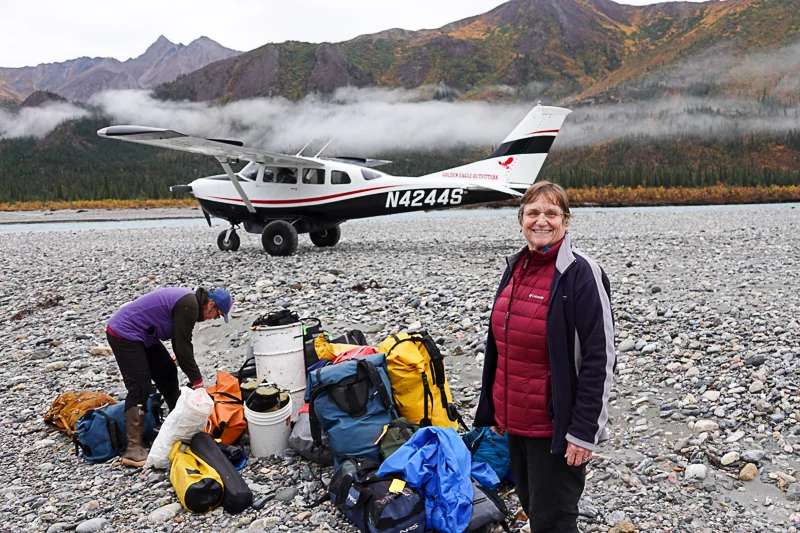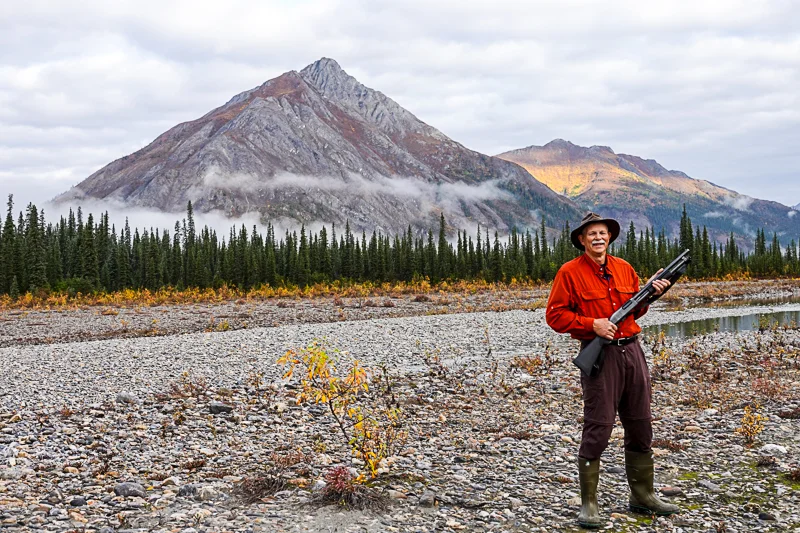Are you ready to go to Arctic Alaska?
Are you ready for our Arctic Alaska Adventure?
This trip was from August 31, 2019 to September 11, 2019.
Assuming yes, this was both fun and adventurous. The photos will probably have much more appeal than all my play-by-play comments. For the photos, I’m deeply indebted to my son, Andrew, for all of his great photos. He is really a great photographer and he also has a pretty great camera. April, my daughter-in-law, and Vicky, my wife, also contributed photos for this blog. If you review it, I’m sure you will agree that there are some great photos and some good insights into Arctic Alaska and the two national parks.
This trip started out as a continuation of our goal to visit all the “natural” National Parks (a Ken Burns term). We started this two years ago when there were 59 national parks but two more parks have been approved in the last two years, so now there are 61 national parks. Our son Andrew and his wife April decided to join us on our visit to Arctic Alaska so this became a family vacation as well. Andrew took over the logistics and he added a trip farther north than the Gates of the Arctic and Kobuk Valley National Parks. He booked us to Kaktovik to try and see polar bears. This turned out to be an incredible trip for all of us and I’m sure you will be surprised by some of it and enjoy it all.
Our National Park goal:
Vicky and I added a goal of going to all of the U.S. National Parks in 2017. I suppose you could call this a “bucket list” item, but we don’t. We just plan to go see them all. We have now visited about half of them. But visiting the two national parks in northern Alaska above the Arctic Circle with no roads to them, no facilities, no signs, no trails, no nothing but wilderness was our highest hurdle. These two parks are the two least visited national parks. But we have now been to both of them.
This trip was almost all above the Arctic Circle and included ten plane rides with five of those flights being in very small bush-wheeled planes. As we landed in Kotzebue, our guide gave us the weather forecast which was rain for the next ten days. But neither rain, clouds, fog nor mosquitoes kept us from having a great time in far northern Alaska.
In case you aren’t sure if you might be interested in this trip, I’ll include some photos to give you a small idea of what we experienced.
About the photos:
1. This was flying into Gates of the Arctic National Park, from Kotzebue
2. This looks out from our camp at Gates, along the Ambler River
3. Was it really fun camping on sand dunes in Kobuk for three days?
4. Seeing the Northern Lights was a bonus treat for us
5. We had 105 polar bear sightings in Kaktovik, here are three of the bears
























































































































